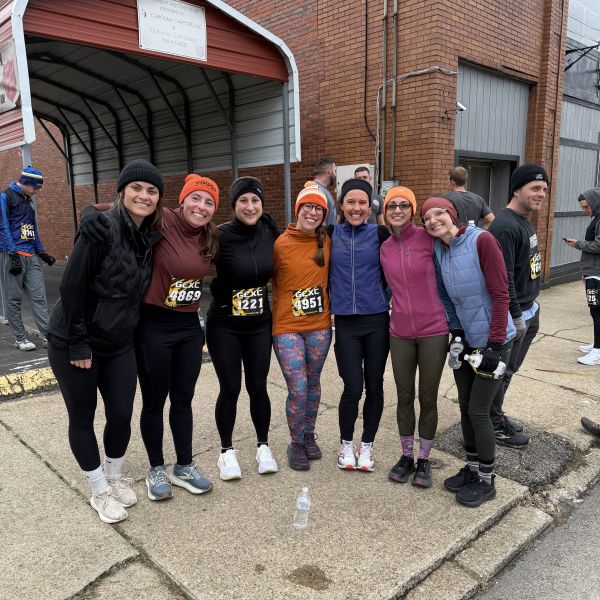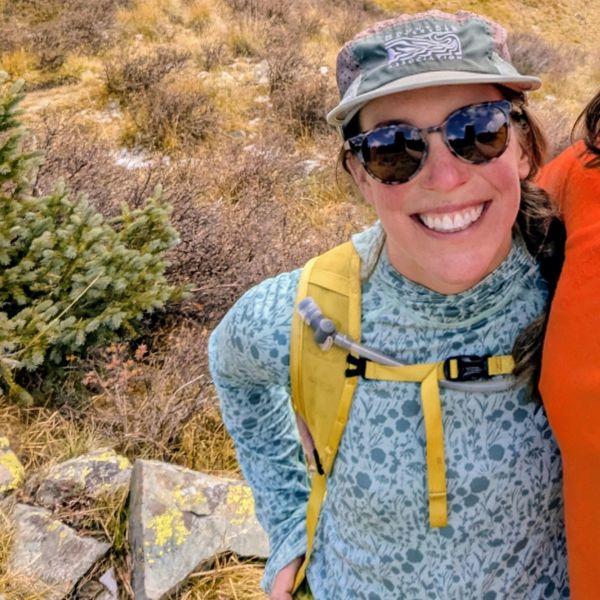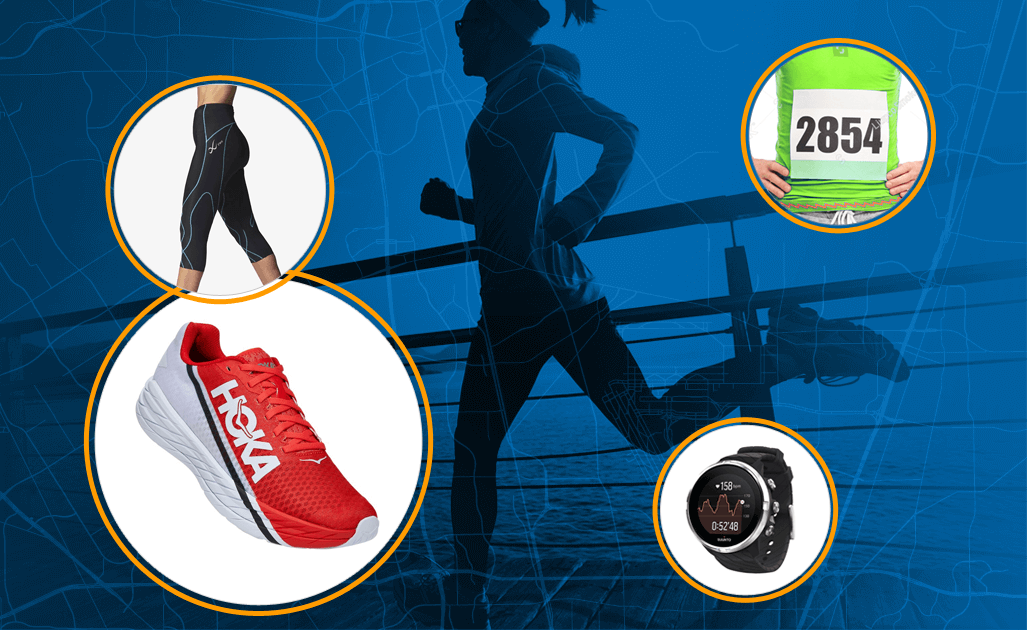Can running poles actually help you crush more trail miles, reduce injury risk, and help you go longer?
.
If you don't currently use running poles, you might be skeptical. Right?
.
Some of the common misconceptions about running poles include:
But if you're even remotely curious about using running poles on your next trail run, race or mountain adventure, it's time to take a closer look at running poles.
.
In this article, WeeViews Ambassador Lucie Hanes (& Leadville 100 Women's 2nd Place Winner), shares four trail-tested tips to help you boost performance with running poles.
.
Here's what you need to know...
Sometimes, running is as simple as slipping into your favorite pair of zoomers before heading out the door on a morning tour of the neighborhood.
.
Other times, well, it’s a little more complicated.
.
Long-distance trail running beefs up the process with more than a few additional items and considerations:
All that extra gear might feel like it takes away from the experience.
.
After all, isn’t the whole point of running to strip away everything but the essentials and embrace self-powered adventure?
.
Yes, but sometimes adventure requires changing your definition of “essential.”
.
Those extras aren’t actually extra if they allow you to go further, faster, and stay safe all the while.
.
Sacrificing the quality of your run at best, or your wellbeing at worst, in the name of simplicity isn’t worth the consequences.
.
Don’t be stubborn.
They’re not just for thru-hikers or your dad’s bad knees. There's at least FOUR big benefits to running poles...
.
1. Poles might just rival caffeine as one of the best (legal) performance-enhancers for long-distance trail runners.
.
2. They boost momentum going uphill, absorb impact going downhill, and provide stability on technical terrain.
.
3. They’ll keep your hardworking hips from fatiguing quite as quickly. That’s a big one for not only increasing your endurance but also reducing injury risk.
To start, it’s important to understand the difference between TREKKING POLES and RUNNING POLES.
Running poles, on the other hand, need to be light enough to help more than hurt at higher speeds.
How to pick running poles
Running poles should also be shorter than your typical trekking pole.
For a few recommendations that fit the bill for trail runners, try…
You likely won’t need to use poles for your entire run.
When they become more trouble than they’re worth, stow your poles away properly.
Instead, get used to packing your poles in your vest.
Hills are hard, and poles won’t eliminate the difficulty.
.
But they will make the grind more efficient so you don’t burn out nearly as fast.
.
Use poles to power up steep climbs as a way of adding extra drive to your stride.
All the while, focus on using the poles to supplement your stride without drastically changing it.
The pattern should take just enough weight off of your quivering quads to make the slog more sustainable.
.
Don’t be afraid to put some muscle into it, either. Engage your triceps with each push. Putting your upper body to work lessens the load on your lower half.
On downhills, poles serve as a welcome source of support.
.
Runners often find themselves all too eager for the descent after a grueling climb.
Take everything you just learned about using poles on uphills and flip it on its head.
Rely on your poles to slow your roll when the descent gets hairy.
Running poles benefit runners best when they’re woven into the natural flow of running.
They’re your sidekick, but you’re still the main character here.
.
Poles just make it easier to embrace the challenge.
Tell us about it in the comments or Create a WeeView about your favorite running poles.

Marty Roddy I have wooden, custom carved,sanded poles that are quite long and perfect for me. I am 6’8” and a former football 🏈 player with some knee repair history and the poles were for hiking initially. Very helpful on down hills ALL the time and a great assist on uphills late in a hike. As a runner they have been useful for all terrain and attitudes.
I am too big and strong for most standard poles.
Marty
Login to your account to leave a comment.





We Want to Give it to You!
